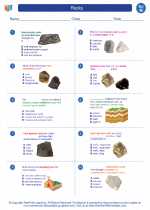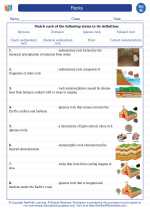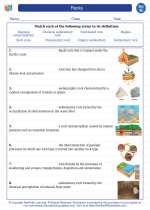Protein
Proteins are large, complex molecules that play many critical roles in the body. They are made up of smaller units called amino acids, which are linked together in a specific sequence. There are 20 different amino acids that can be combined to form a protein, and the sequence of amino acids determines the structure and function of the protein.
Functions of Proteins
Proteins have a wide range of functions in the body, including:
- Enzymes: Proteins act as biological catalysts, speeding up chemical reactions in the body.
- Structural Support: Proteins such as collagen provide structure and support for tissues and organs.
- Transport: Some proteins, like hemoglobin, transport molecules such as oxygen in the blood.
- Immune Function: Antibodies are proteins that help the body fight off foreign invaders like bacteria and viruses.
- Hormones: Proteins like insulin regulate various physiological processes in the body.
- Fluid Balance: Proteins help maintain fluid balance in the body.
- Energy Source: In the absence of carbohydrates and fats, proteins can be used as an energy source.
Sources of Protein
Proteins are found in a variety of foods, including:
- Meat and poultry
- Fish and seafood
- Dairy products
- Eggs
- Legumes (beans, lentils, chickpeas)
- Nuts and seeds
- Soy products
Protein Structure
The structure of a protein is critical to its function. Proteins have four levels of structure:
- Primary structure: The linear sequence of amino acids in the protein.
- Secondary structure: Regular, repeated patterns in the protein chain, such as alpha helices and beta sheets.
- Tertiary structure: The overall three-dimensional shape of the protein, determined by interactions between amino acids.
- Quaternary structure: The arrangement of multiple protein subunits, if the protein is composed of more than one polypeptide chain.
Protein Synthesis
Protein synthesis is the process by which cells build proteins. It involves two main stages: transcription and translation.
- Transcription: In the nucleus, the DNA sequence of a gene is transcribed into a messenger RNA (mRNA) molecule.
- Translation: The mRNA carries the genetic code from the nucleus to the ribosomes in the cytoplasm, where the code is translated into a specific sequence of amino acids, forming a protein.
Study Guide
When studying the topic of protein, it's important to focus on the following key points:
- Understand the structure of proteins, including the primary, secondary, tertiary, and quaternary levels of structure.
- Learn the functions of proteins in the body, and be able to provide examples of proteins that serve each function.
- Be familiar with the process of protein synthesis, including transcription and translation.
- Identify sources of dietary protein and understand the importance of including protein in a balanced diet.
- Understand the concept of essential and non-essential amino acids, and their role in protein synthesis.
By mastering these key points, you'll have a solid understanding of the role of proteins in the body and their importance for overall health and function.
.◂Science Worksheets and Study Guides Eighth Grade. Rocks

 Worksheet/Answer key
Worksheet/Answer key
 Worksheet/Answer key
Worksheet/Answer key
 Vocabulary/Answer key
Vocabulary/Answer key
 Vocabulary/Answer key
Vocabulary/Answer key
 Vocabulary/Answer key
Vocabulary/Answer key
